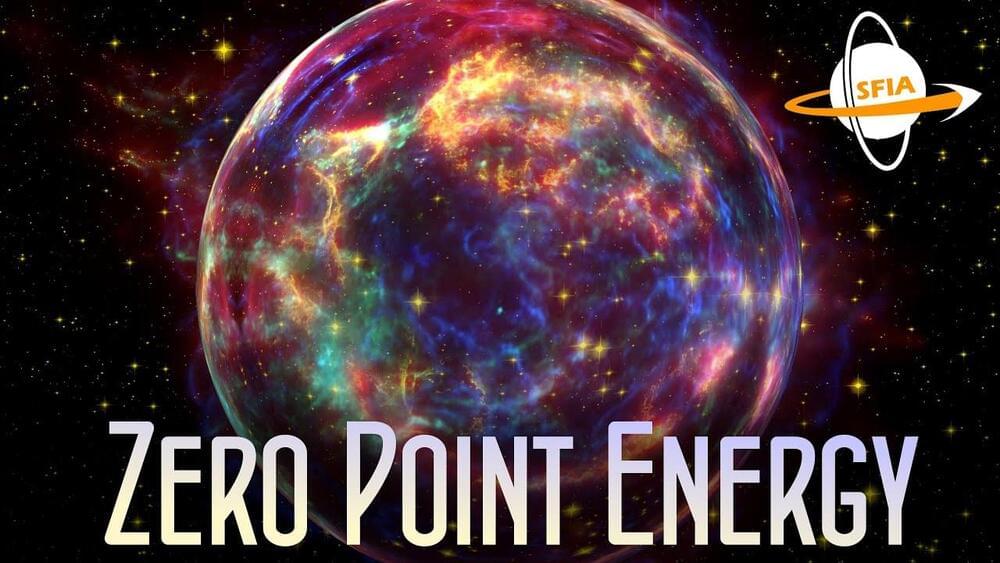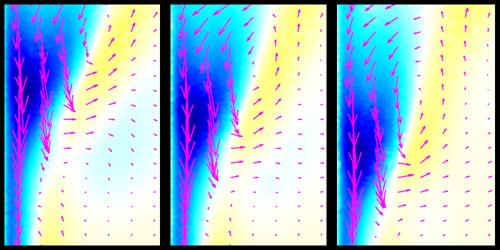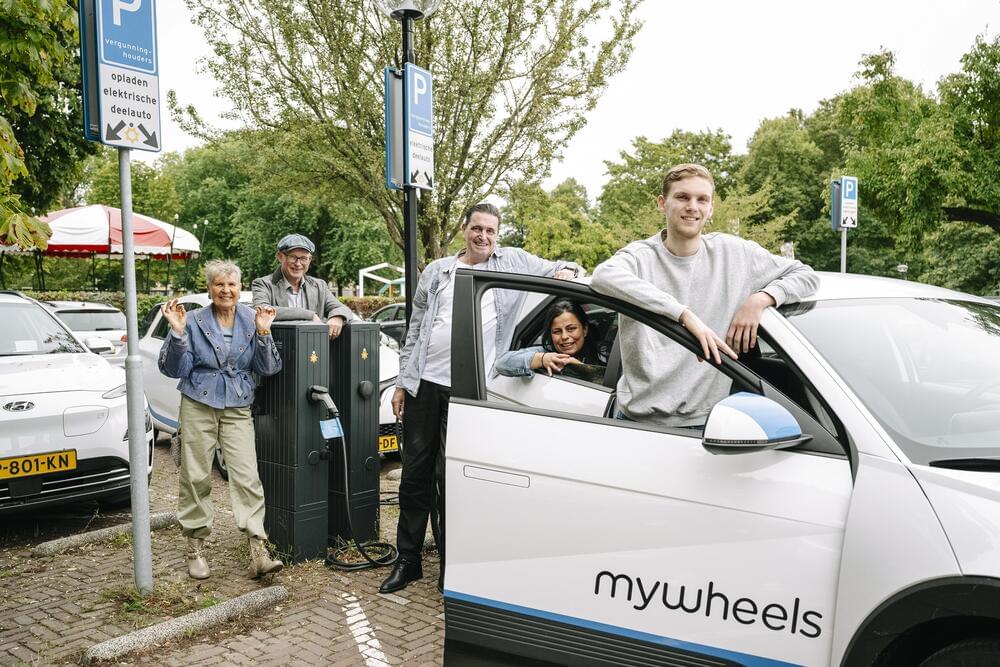
As current courses through a battery, its materials erode over time. Mechanical influences such as stress and strain affect this trajectory, although their impacts on battery efficacy and longevity are not fully understood.
A team led by researchers at the Department of Energy’s Oak Ridge National Laboratory developed a framework for designing solid-state batteries, or SSBs, with mechanics in mind. Their paper, published in Science, reviewed how these factors change SSBs during their cycling.
“Our goal is to highlight the importance of mechanics in battery performance,” said Sergiy Kalnaus, a scientist in ORNL’s Multiphysics Modeling and Flows group. “A lot of studies have focused on chemical or electric properties but have neglected to show the underlying mechanics.”

















